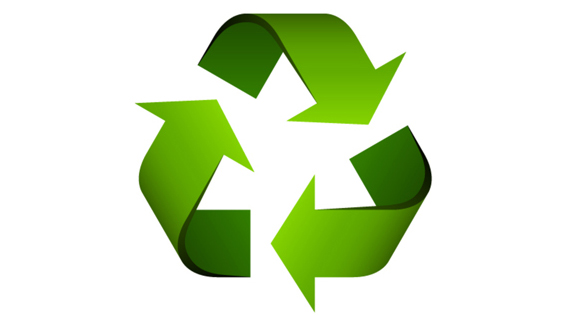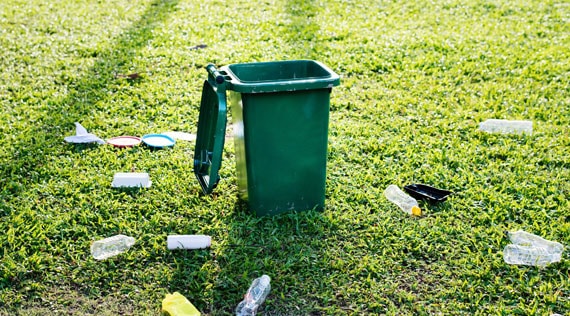SEATTLE (Recycling Monster): When your clothes no longer fit, what do you do with them? According to the environmental website earth.org, 92 million tons of waste from thrown-away clothes or fabrics is produced every year. A new report details how New York state can reduce the amount of textile waste.
State leaders continue to look for solutions to reduce this amount of textile waste, and now they have some help. The Center for Sustainable Materials Management released a report this week detailing how to improve textile recovery and recycling.
“The goal of this report was really to provide a comprehensive assessment of the current data and needs when it comes to textiles,” said Kathryn Walker, executive director of the Center for Sustainable Materials Management at SUNY College of Environmental Science and Forestry (ESF).
All of us have gotten rid of clothes that were too big, small or old at some point. However, throwing them out negatively affects the environment because it causes air pollution and puts harmful chemicals into soil and bodies of water.
“As we see with both state and national trends, textiles are actually the highest, they’re increasing the quickest in terms of the type of material in landfills,” Walker said.
So instead of throwing these items out, donate them.
“Approximately 95% of unwanted textiles are suitable for either reused, repurposing, or recycling,” Walker said.
The Center for Sustainable Materials Management at SUNY ESF interviewed bin operators, thrift stores and wholesalers as part of the report. It outlined three areas of improvement. One of them is calling for regulations to be implemented to create a more structured textile system.
“We need transparency in where this material is going. We need transparency in how much is being collected. We need transparency from the producers of this material to understand how much they're producing," Walker said.
The report also suggests increasing awareness and education of textile-recovery options, and making that process easy for everyone.
“We know convenience is king. We need to make sure that collection sites are available everywhere and that people know about them. So engaging the public is going to be key,” Walker said.
Donating clothes to places like Goodwill, Burlington and thrift stores will help reduce textile waste. In 2022, Gov. Kathy Hochul signed the New York Textile Act to strengthen the industry, but this report shows more progress needs to be made.
“The reuse and the purchasing of already gently used items is the number one thing a consumer can do, in addition to making sure that at the end of life, they're responsibly putting this material not to landfill,” Walker said.
Courtesy: www.spectrumlocalnews.com

